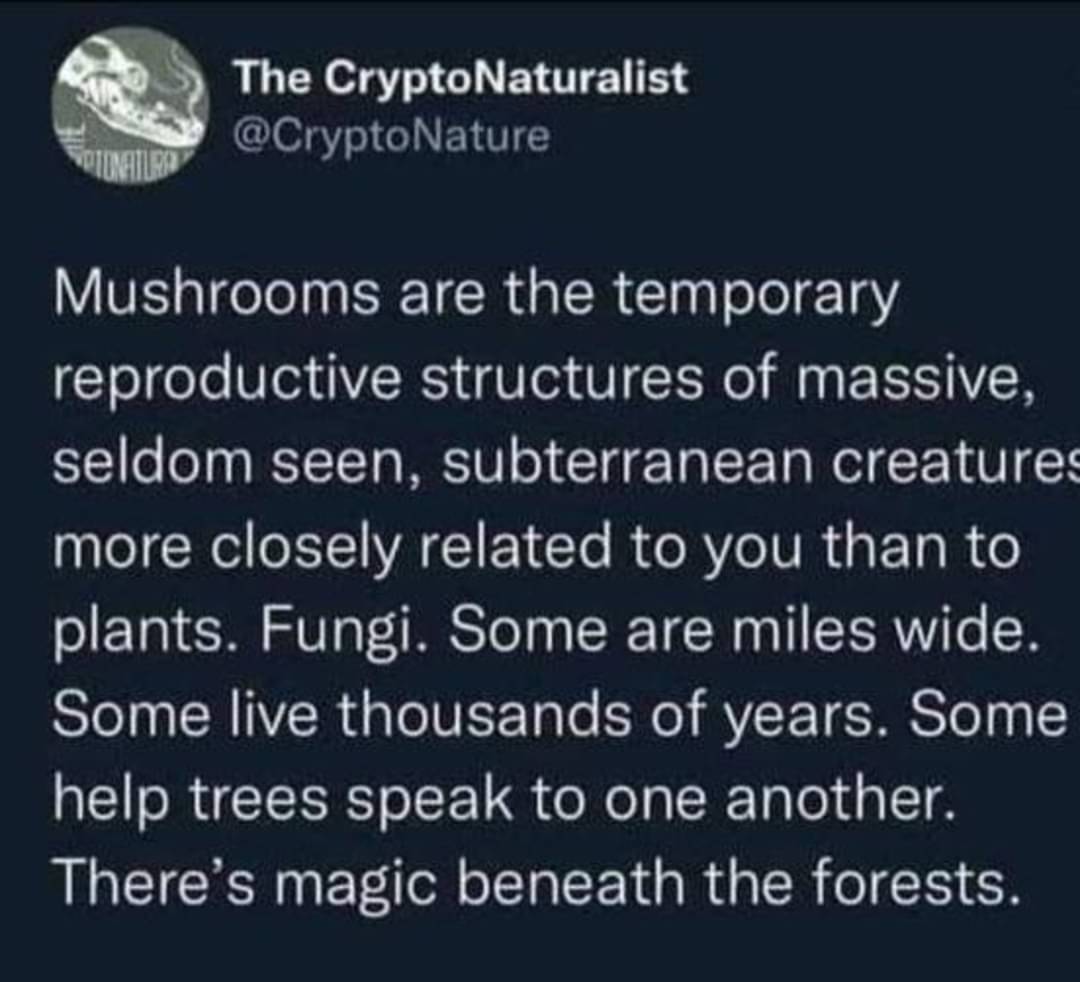Fungi: mycelia, mushrooms & more
147 readers
7 users here now
This is a community for information and discussions on
- Mycorrhizal networks
- Mycoremediation for land restoration, water mycofiltration etc
- Biodegradable mycelium-based materials (building blocks, textiles, alternatives to plastic, to name a few)
- Fungal technology & biotechnology
- Medicinal uses
And so much more.
Some related local communities
Credits
- Icon: Studio Klarenbeek & Dros
- Banner: Pauline Moss
founded 3 months ago
MODERATORS
1
2
6
Mycelium Composite Materials: Revolutionizing Construction with Fungi Power!
(www.particular-ygdduu.xyz)
3
4
3
Into the Depths of the Mushroom: Prague exhibition showcases house made of mycelium
(english.radio.cz)
5
6
8
9
10
11
3
Fungal Strain Helps Recycle Carbon Fiber Composites Into Reusable Materials
(www.technologynetworks.com)
12
13
14
15
16
6
Song of the Origins: Mycelium Architecture Celebrates Nature and Myth in the Champagne Region
(www.mycostories.com)
17
18
19
4
Why is Mycelium Nature’s Sustainable Hero in Building Materials? - Yanko Design
(www.yankodesign.com)
20
21
22
16
Fungi Are Getting Funky to White Noise, and It’s Making Them Grow Faster
(www.popularmechanics.com)
24
view more: next ›

